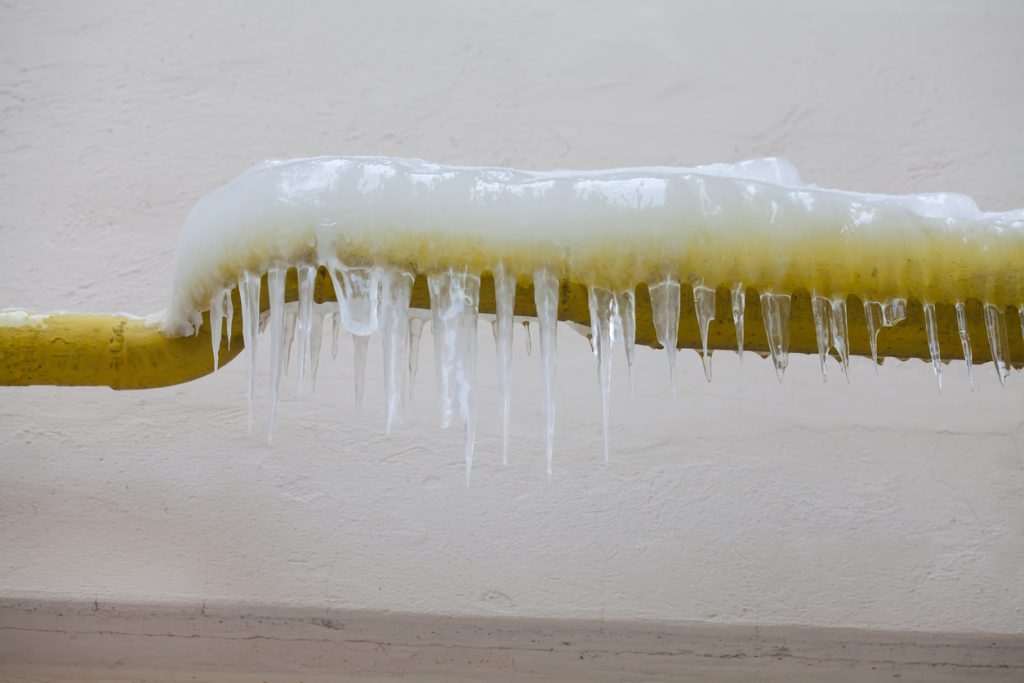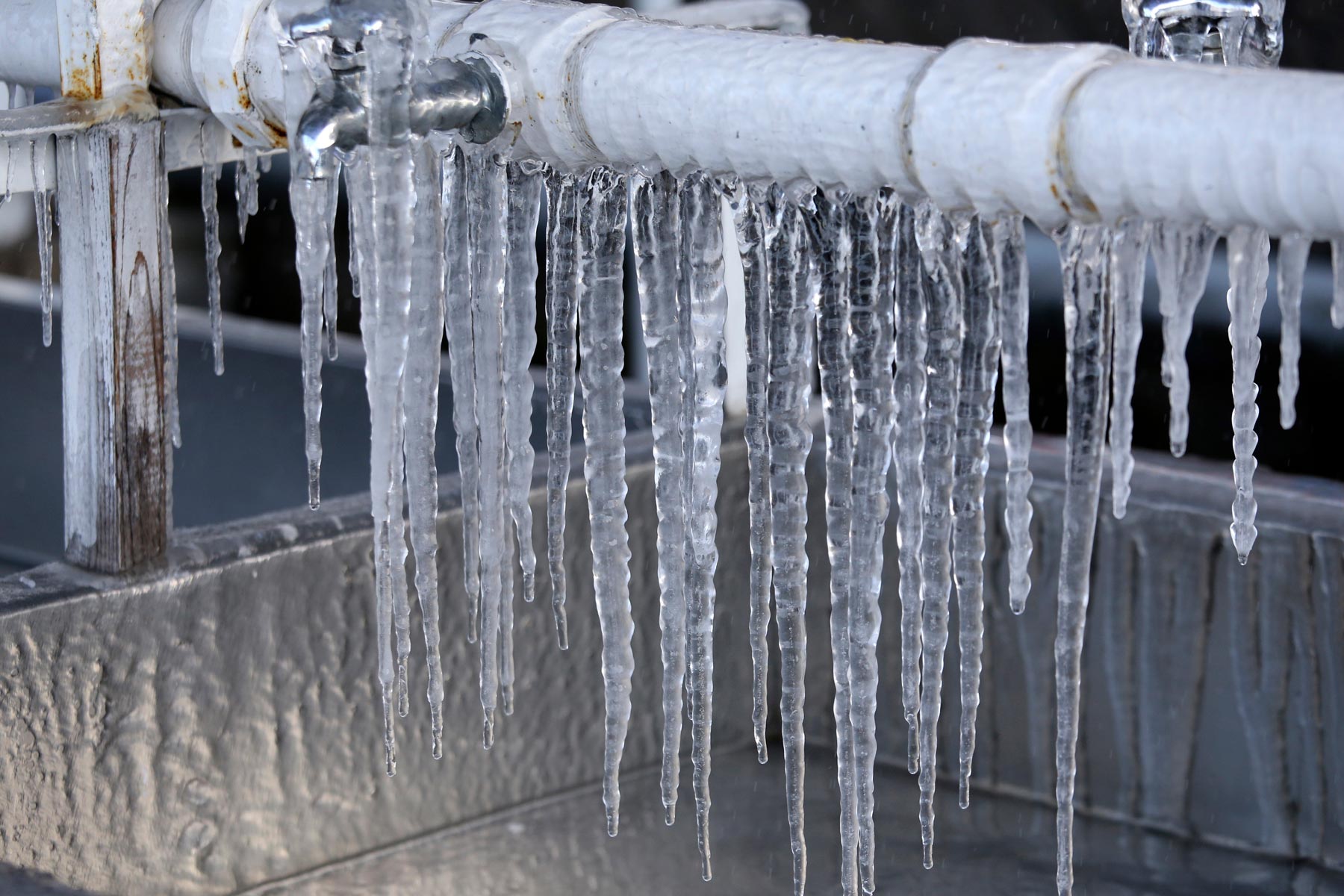Critical Approaches for Preventing Frozen Plumbing in Winter
Critical Approaches for Preventing Frozen Plumbing in Winter
Blog Article
How do you actually feel with regards to How to prepare your home plumbing for winter weather?

Cold weather can damage your plumbing, especially by freezing pipelines. Here's how to avoid it from taking place and what to do if it does.
Intro
As temperature levels decrease, the danger of icy pipelines boosts, potentially resulting in costly repair work and water damage. Understanding how to stop frozen pipes is important for property owners in cool climates.
Understanding Icy Pipelines
What creates pipelines to freeze?
Pipelines freeze when revealed to temperature levels listed below 32 ° F (0 ° C) for prolonged durations. As water inside the pipes ices up, it expands, taxing the pipeline walls and possibly triggering them to burst.
Threats and problems
Frozen pipelines can bring about water system disruptions, residential property damage, and pricey fixings. Burst pipelines can flood homes and create extensive architectural damages.
Signs of Frozen Pipes
Recognizing frozen pipelines early can prevent them from bursting.
How to identify frozen pipelines
Seek decreased water flow from faucets, unusual smells or sounds from pipelines, and visible frost on revealed pipelines.
Avoidance Tips
Protecting prone pipelines
Wrap pipes in insulation sleeves or use warmth tape to safeguard them from freezing temperatures. Focus on pipes in unheated or outside areas of the home.
Heating techniques
Maintain interior spaces sufficiently heated, particularly areas with plumbing. Open cupboard doors to allow warm air to distribute around pipelines under sinks.
Safeguarding Outside Plumbing
Garden hose pipes and exterior taps
Disconnect and drain garden hose pipes prior to winter season. Set up frost-proof spigots or cover outside faucets with protected caps.
What to Do If Your Pipes Freeze
Immediate activities to take
If you think frozen pipes, maintain taps open up to eliminate pressure as the ice melts. Use a hairdryer or towels taken in hot water to thaw pipelines gradually.
Long-Term Solutions
Structural changes
Take into consideration rerouting pipelines away from exterior wall surfaces or unheated areas. Include added insulation to attic rooms, cellars, and crawl spaces.
Upgrading insulation
Purchase top quality insulation for pipes, attics, and walls. Correct insulation aids keep regular temperatures and lowers the threat of icy pipes.
Conclusion
Protecting against frozen pipes calls for proactive procedures and quick feedbacks. By understanding the reasons, indications, and preventive measures, property owners can protect their pipes throughout cold weather.
6 Proven Ways to Prevent Frozen Pipes and Protect Your Home
Disconnect and Drain Garden Hoses
Before winter arrives, start by disconnecting your garden hoses and draining any remaining water. Close the shut-off valves that supply outdoor hose bibs and leave the outdoor faucet open to allow any residual water to drain. For extra protection, consider using faucet covers throughout the colder months. It’s also important to drain water from any sprinkler supply lines following the manufacturer’s directions.
Insulate Exposed Pipes
Insulating your pipes is an effective way to prevent freezing. Pipe insulation is readily available at home improvement stores and is relatively inexpensive. Pay close attention to pipes in unheated areas such as the attic, basement, crawl spaces, or garage. Apply foam insulation generously to create a buffer against the cold. You can also wrap your pipes in heat tape or thermostat-controlled heat cables for added warmth.
Seal Air Leaks
Inspect your home for any cracks or openings that could let in cold air. Seal any holes around the piping in interior or exterior walls, as well as the sill plates where your home rests on its foundation. Additionally, make sure to keep your garage door closed unless you’re entering or exiting. Leaving it open creates a significant air leak that can lead to frozen pipes.
Allow Warm Air Circulation
During cold snaps, it’s essential to allow warm air to circulate evenly throughout your home. Leave interior doors ajar to promote better airflow. Open kitchen and bathroom cabinets to help distribute heat consistently around the rooms. If you have small children or pets, be sure to remove any household chemicals or potentially harmful cleaners from open cabinets for safety.
Let Faucets Drip
A small trickle of water can make a big difference in preventing ice formation inside your pipes. When temperatures drop significantly, start a drip of water from all faucets served by exposed pipes. This continuous flow helps prevent the water from freezing. Additionally, running a few faucets slightly can relieve pressure inside the pipes, reducing the chances of a rupture if the water inside does freeze.
https://choateshvac.com/6-proven-ways-to-prevent-frozen-pipes-and-protect-your-home/

Do you enjoy reading up on How to Prevent Your Pipes From Freezing? Put feedback below. We would be delighted to know your thoughts about this blog entry. Hoping that you come back again in the near future. Sharing is nice. One never knows, you may be helping someone out. Many thanks for taking the time to read it.
Call Us Today Report this page